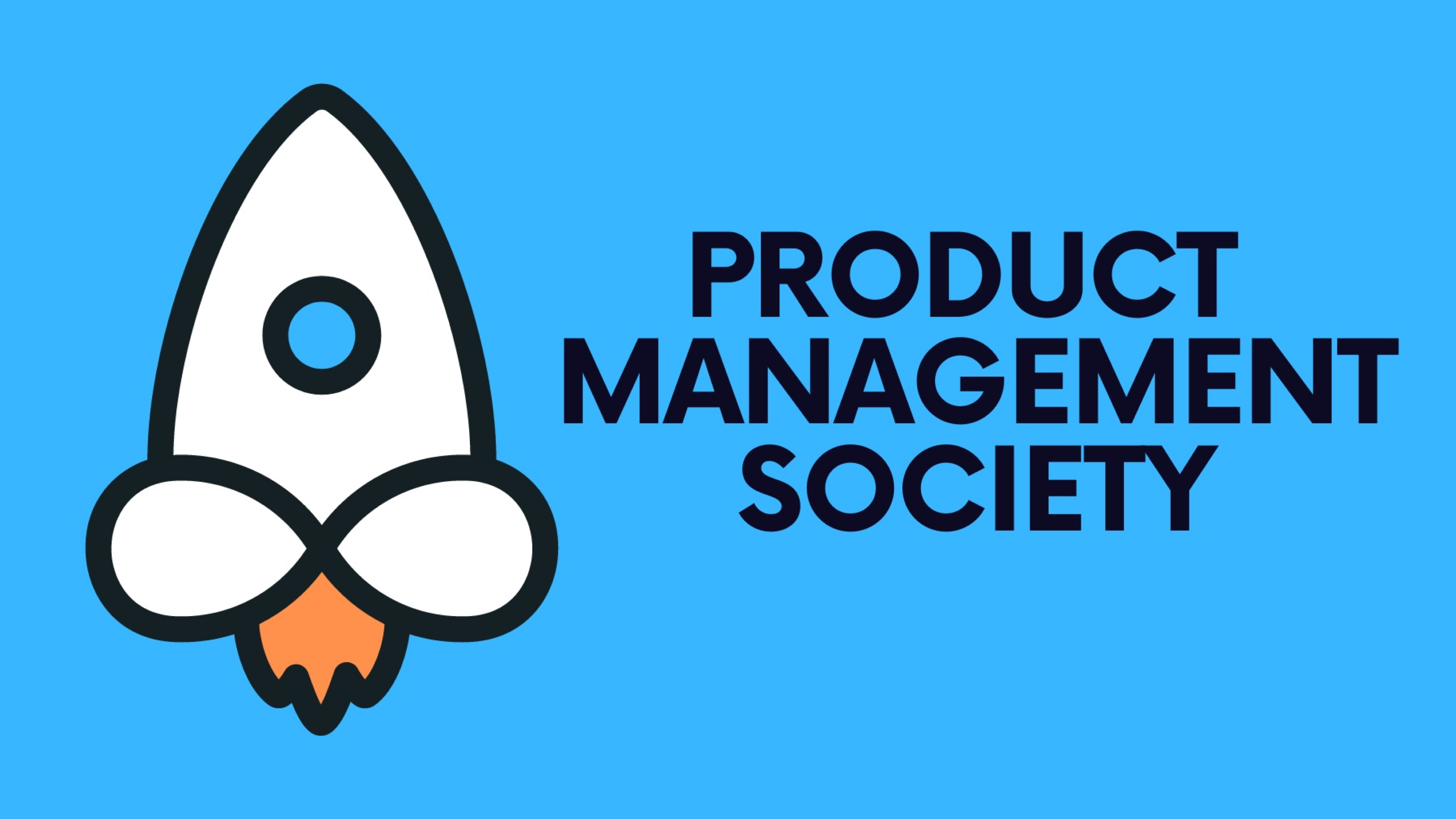Aspiring product managers must grasp that their role extends beyond managing products; it involves empathizing with and solving real problems for real people. This article explores how product managers can connect with their users to uncover insights that drive impactful product decisions.
1. The Importance of User Empathy
Empathy is the ability to understand and share the feelings of another. For product managers, developing empathy toward users is crucial. It enables you to see the product from the users' perspective, identify pain points, and recognize their needs and desires.
Thanks for reading Product Management Society! Subscribe for free to receive new weekly posts 🚀
Strategies for Success:
- Engage in direct conversations with your users through interviews or informal chats.
- Use personas to represent your typical users, helping internalize their experiences.
- Immerse yourself in the user's environment, if possible, to gain firsthand experience of their challenges.
2. Conducting Effective User Research
User research is the systematic investigation of your users' needs and preferences. It combines qualitative and quantitative methods to gather actionable insights.
Strategies for Success:
- Utilize surveys and questionnaires to collect quantitative data on user preferences and behaviors.
- Conduct interviews and focus groups for qualitative insights into user motivations and attitudes.
- Observe users interacting with your product in usability testing sessions to identify friction points.
3. Analyzing and Applying User Feedback
Collecting feedback is only the first step; making sense of it and applying it strategically is where the real work begins.
Strategies for Success:
- Categorize feedback to identify common themes or issues.
- Prioritize actions based on the impact on the user experience and business goals.
- Use A/B testing to validate assumptions and measure the effectiveness of changes.
4. Building a User-Centric Product Culture
Creating products that truly resonate with users requires a user-centric culture that permeates the entire organization.
Strategies for Success:
- Share user stories and feedback across teams to foster empathy.
- Involve users in the development process using beta testing or co-creation workshops.
- Celebrate wins that clearly demonstrate a positive impact on the user experience.
5. Continuous Learning and Adaptation
Understanding your users is not a one-time task but a continuous effort that evolves as your users and their environments change.
Strategies for Success:
- Establish regular check-ins with users to stay updated on their changing needs.
- Keep abreast of industry trends and how they affect user expectations.
- Encourage a culture of experimentation and learning from failures.
Conclusion
Understanding your users is the essence of product management. It's about more than just collecting data; it's about building genuine relationships and empathy with the people you're aiming to serve. By prioritizing user understanding, aspiring product managers can ensure their products not only meet but exceed user expectations, creating meaningful and lasting value.
Stay tuned for our next article, where we'll explore the significance of vision in product management.
If you’re finding this newsletter valuable, consider sharing it with friends, or subscribing if you aren’t already. Also, consider coming to one of our Meetups and following us on LinkedIn ✨
Thanks for reading Product Management Society! Subscribe for free to receive new weekly posts 🚀







